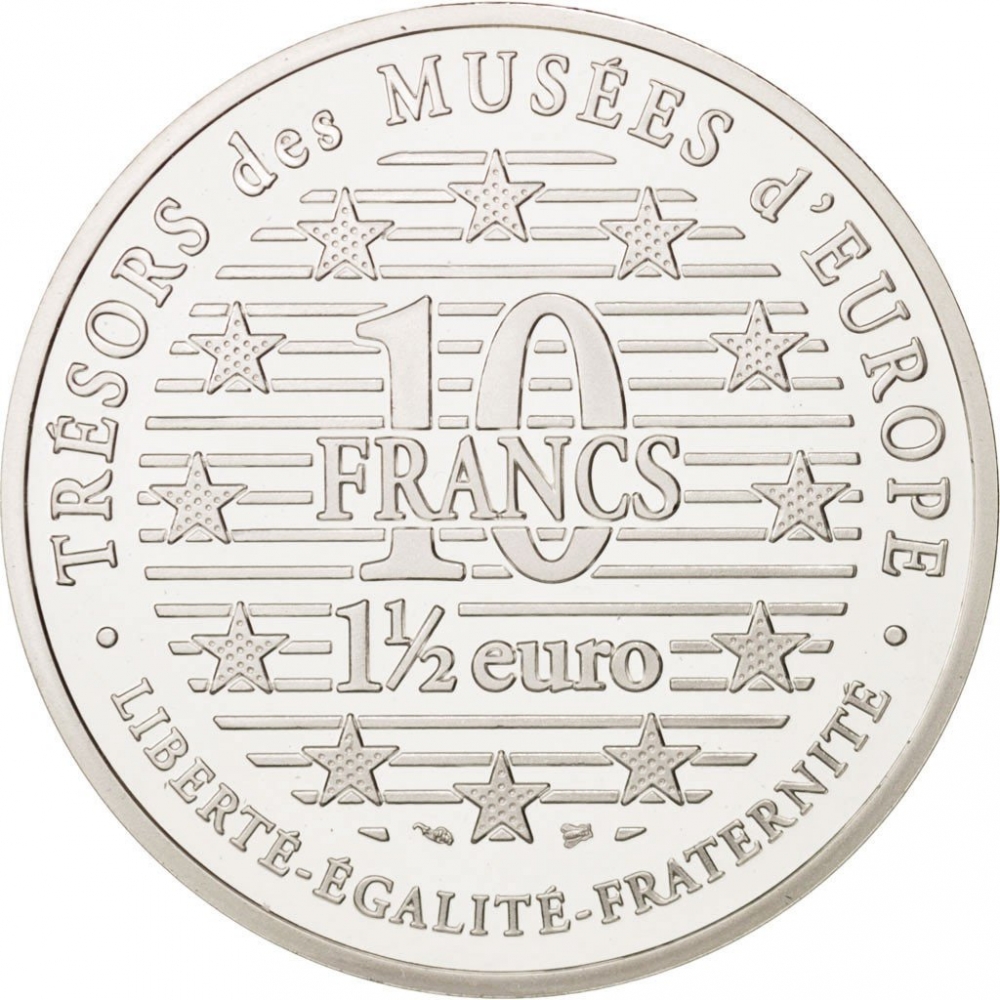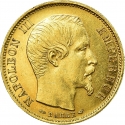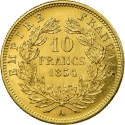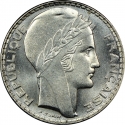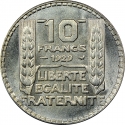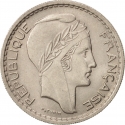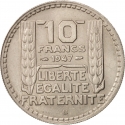You are about to finish your registration. Please check your mailbox (including spam folder). There should be a letter with a confirmation link. Check setting to make sure that your e-mail address is correct.
Send letter againDescription
Albrecht Dürer (1471–1528) was a painter, printmaker, and theorist of the German Renaissance. Born in Nuremberg, Dürer established his reputation and influence across Europe when he was still in his twenties due to his high-quality woodcut prints. He was in communication with the major Italian artists of his time, including Raphael, Giovanni Bellini and Leonardo da Vinci, and from 1512 he was patronized by Emperor Maximilian I. Dürer is commemorated by both the Lutheran and Episcopal Churches.
Dürer's vast body of work includes engravings, his preferred technique in his later prints, altarpieces, portraits and self-portraits, watercolours and books. The woodcuts, such as the Apocalypse series (1498), are more Gothic than the rest of his work. His well-known engravings include the Knight, Death, and the Devil (1513), Saint Jerome in his Study (1514) and Melencolia I (1514), which has been the subject of extensive analysis and interpretation. His watercolours also mark him as one of the first European landscape artists, while his ambitious woodcuts revolutionized the potential of that medium.
Dürer's introduction of classical motifs into Northern art, through his knowledge of Italian artists and German humanists, has secured his reputation as one of the most important figures of the Northern Renaissance. This is reinforced by his theoretical treatises, which involve principles of mathematics, perspective, and ideal proportions.
Obverse

|
Depicts a self-portrait of Albrecht Dürer, inscription "Albrecht Dürer's self-portrait" above, Albrecht Dürer's monogram on the left, date and initials of the French Republic (RF) on the right. AUTOPORTRAIT DE DÜRER |
|---|---|
Reverse

|
Value surrounded by the twelve stars of the European Union. Inscription "Treasures of European Museums" above, the motto "Liberty, Equality, Fraternity" below. · TRÉSORS des MUSÉES d'EUROPE · |
| Edge |
10 Francs
(1,5 Euro)
European Museums Treasures
Albrecht Dürer's Self-Portrait
Subscribe series
KM# 1298
European Museums Treasures
Albrecht Dürer's Self-Portrait

